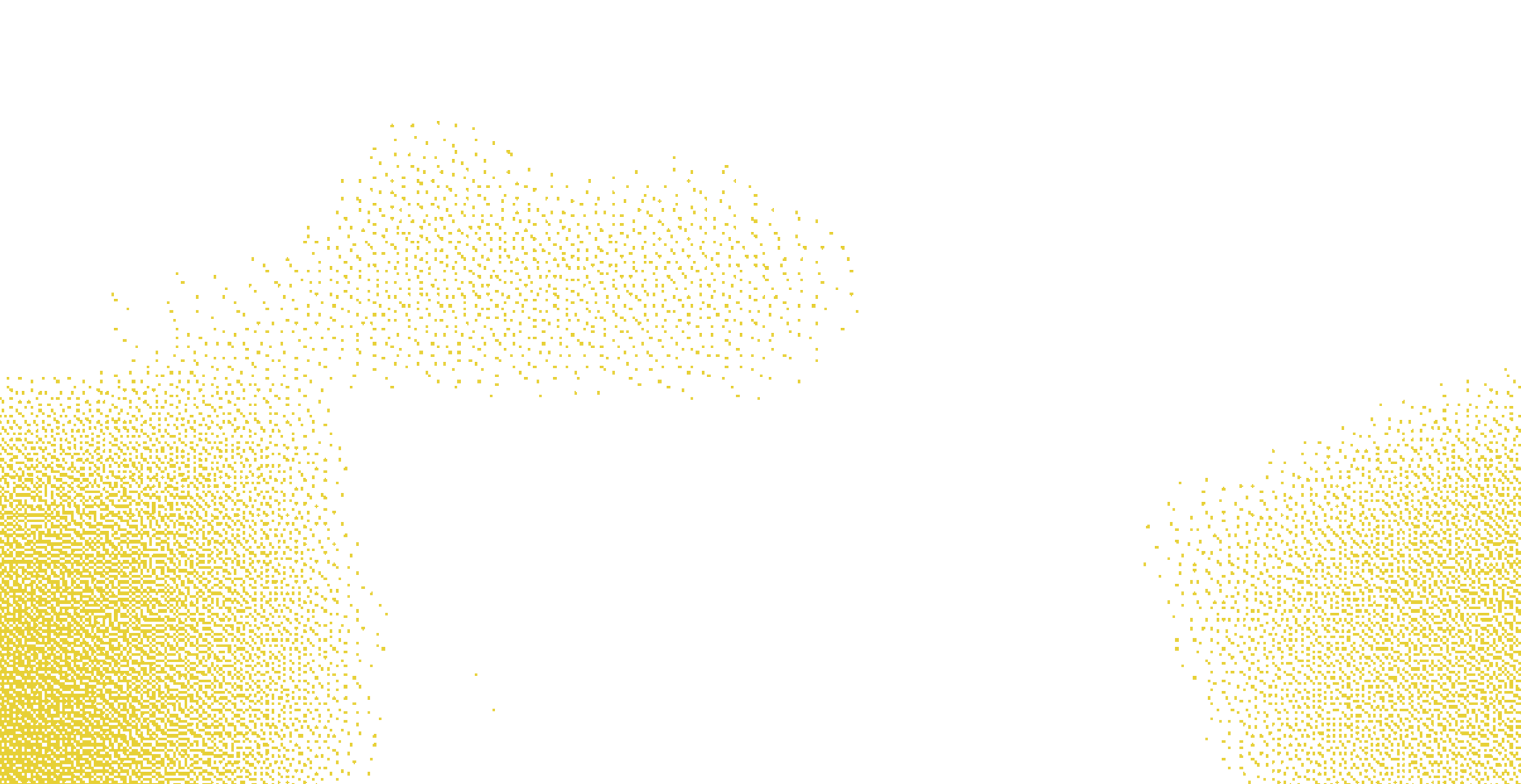












Things can represent resting points of life. They often take on a permanent form and ensure a certain continuity. The "things of the world" - in the sense of Hannah Arendt - have the task of "stabilizing human life". When things disappear, there is a danger that memories will also disappear. Things, even artistic objects, are integrated into social and societal contexts. Objects are alive, they vibrate and generate resonance. When they travel, their meanings and values shift. They possess a charge that can change and even disappear.
In the conception of the Triennale, the relationships, histories, and properties of objects are central. Starting from an effective power or animatedness of things, questions are asked about changed ways of living together. How do relationships and experiences emerge through art objects? Is a transformation, a renewal - in the individual as well as in the social context - possible through art?
Sculptural objects are nowadays not only created through the physical processing of material, but also by incorporating algorithms, specific softwares, and let us rethink the notion of sculptural plasticity. The artists Nora Al-Badri, Mohsen Hazrati, Mary Maggic, Jan Nikolai Nelles, Nkhensani Mkhari, and Tiare Ribeaux show their sculptures in this virtual exhibition space.
The main part of the 15th Small Sculpture Triennial Fellbach takes place at at the Alte Kelter, Untertürkheimer Straße 33, 70734 Fellbach, Germany. Please find more informations here: www.triennale.de/en


The works by Nora Al-Badri, Jan Nikolai Nelles, Nkhensani Mkhari, Mary Maggic, Tiare Ribeaux and Mohsen Hazrati speak to a time where the encompassing digitisation of our world has rendered common distinctions between the virtual and the real, the digital and the analogue, and the material and the immaterial ever more elusive. They thus probe the fundamental expansion and transformation of the sculptural through the digital realm.
The Plastic Arts traditionally comprised the
physical manipulation of a plastic medium by moulding or modelling.
Today, however, artists are able to create sculptural objects with 3D technologies before transferring them into the physical realm. This short contribution examines such digital plasticity emerging in recent sculptural production.1 It thereby also casts light on previous historical definitions of sculptural plasticity unfolding around questions of mutability, material agency and plastic power.
If artists now model their sculptural objects based on algorithms, in custom-made software or with digital prototyping technologies, how does the notion of sculptural plasticity need to be rethought?









.gif)
.gif)
In Nora Al-Badri's Babylonian Vision, a pretrained neural network generates the so-called »techno-heritage.«
Her speculative approach to archaeology is based on the algorithmic
recombination of images of Mesopotamian, Neo-Sumerian and Assyrian artefacts.
These have been collected through web
crawling and scraping the digital
collections of five major museums. What emerges are AI-driven object visions that
act as the subconscious of a collective memory.
Algorithmic commands embodied
in code thereby generate novel plastic forms. While the plasticity of Al-Badri’s
works is first and foremost held within the flatness of a screen, they have the
potential to emerge as physical objects at the moment of materialising them via
digital prototyping technologies. The violent colonial patina surrounding much of
the cultural loss in the regions of today’s Iraq is thereby countered with a fictive,
generative, and future-oriented object production.

.gif)
.gif)
.gif)
.gif)

Based on the recombination of images through an algorithmic system, the
aesthetic properties of her work are constantly evolving. Plasticity is
invoked as a category closely associated with material agency, the taking,
creating and giving birth to form. This understanding follows the etymological
origins of plasticity – the ancient Greek word plassein described the moulding
and forming with soft and mutable matters – but is also closely associated with
a modern sculptural tradition.2
In the artworks and writings of modernity, plasticity was invoked as a category
closely associated with material agency, flexibility, pliability and a given
material’s potential to evolve. Catalysed by natural sciences and the industrialisation
in the nineteenth century, plasticity was here thought to foreground the
polymorphic and agential properties of an artistic material, its intrinsic
energy, and its concrete material presence.3
This understanding of plasticity began to overcome a hylomorphic structure
developed from the polarity of matter and form in which the artistic material
was thought to be formless until ‘animated’ or ensouled by a spirit or (male)
creator.4
Modernity’s contribution to the discourse
of plasticity resonates in artistic and philosophical approaches until today.
Jane Bennett, for example, speaks of the 'material agency of natural bodies and
technological artefacts' and finds in contemporary objects a 'thing-power'.5







The renewed interest in the agency and plasticity of materials also becomes evident in the work of Tiare Ribeaux. Her online DIY recipe and storybook Bioplastics Cookbook for Ritual Healing records the plasticity of environments that are so strongly prefigured and structured by synthetic materials, that any natural state appears as if mediated by a sterile plastic film. Unfolding between forms of making, scientific facts, and storytelling, her digital database encourages us to create plastic forms through recipes of different food or animal-based bioplastics.
By linking them to phenomena of the mutable, malleable, and ductile, Ribeaux investigates their plasticity and material agency. As sculptural forms based on constantly changing material states, their plasticity thereby blurs the boundaries between human and non-human agency. Taking on “a life of their own,” as Ribeaux argues, they call us to rethink our relationships to a shared but vanishing world.6

In a related spirit, Mary Maggic investigates how humanity’s
disruptive effects have not only imprinted themselves into the
plasticity of our environments but also our bodies.
Her work GENITAL( * )PANIC emerges from her research into how
bodies have historically been policed, surveilled and controlled.
For centuries, the control and management of bodies in terms of
sexual differentiation has overlooked our bodies’ diversity, fluidity,
malleability and thus plasticity. Her video manifesto departs from
the still widely used scientific technique of »ano-genital distance (AGD)«.
It assesses reproductive

In a related spirit, Mary Maggic investigates how humanity’s disruptive effects have not only imprinted themselves into the plasticity of our environments but also our bodies. Her work GENITAL( * )PANIC emerges from her research into how bodies have historically been policed, surveilled and controlled. For centuries, the control and management of bodies in terms of sexual differentiation has overlooked our bodies’ diversity, fluidity, malleability and thus plasticity. Her video manifesto departs from the still widely used scientific technique of »ano-genital distance (AGD)«. It assesses reproductive
potentiality through the distance between the anus and genitals. The work is accompanied by a digital database of 3D genital scans and AGD measurements generated through interactive genital scanning. The plasticity of her digital genitals underpinned by the mutability and malleability of code, is thereby paralleled with a call to acknowledge the form shifting, unfixed and partial plasticity of our bodies. As such, Maggic not only humorously stages the violent history linked to science protocols but also offers affirmative DIY methods of queering such approaches to redefine genital aesthetics.







The long duration of colonialism has obscured the violence encoded into the plasticity of bodies as well as objects, especially those looted from far away shores. Nkhensani Mkhari addresses this tension in his work Zibuyile Zinkisi, or the The return of the Nkisi. Here, he reactivates the history and meaning of lost Bantu-Kongo sculptural forms. Minkisi are nondescript objects or wooden figures.
They are carved in the form of humans or animals and pierced with iron nails.
In Bantu cosmogony, these figures are not only considered to hold powers for physical or spiritual healing but also possess the potential to restore social balance, justice, and thus the well-being of the Kongo Village. Mkhari translates the powerful presence of these figures in a 3D environment by rendering them as digital objects. Once again, code becomes an artistic and sculptural material.
The works’ digital plasticity doubles up with a physical counterpart at the moment of materializing the Nkisi via 3D printing. Their restorative and healing powers thereby reactivate a long ancestral history expanding from the physical to the digital realm and back again.







Jan Nikolai Nelles, too, reflects on technology’s potential as a
speculative material with the ability to articulate alternative
syntaxes for collective forms of healing. In his work, the artist
conflates the ancient with the futuristic by giving voice to his
Beheaded Buddha. Countless times the Buddha’s head has been forcefully
separated from not only its body but also its cultural context. The
sculptural object becomes the marker of “cultural fracking”, the forceful
removal of cultural heritage providing the subtext of many museum
collections of the Global North.
Underpinned by the artist's own experience visiting Angkor Wat,
Nelles's 3D data objects have been generated by AI-driven waypoint
technology and photogrammetry. Its digital plasticity thereby renders
visible the mathematical pictures and invisible space of AI and MI
systems and makes them aesthetically experiential. In this poetic
repositioning of the Buddha and its biography, Nelles seeks to liberate
the spiritual figure from the concept of universal heritage and
deconstructs the fiction inherent in dominant institutional narratives.







Mohsen Hazrati shares with Mkhari and Nelles an interest in restorative, speculative, as well as spiritual practices, and their revival through the lens of technology. In his Fãl Project, Hazrati reworks and reclaims Persian traditions and knowledge systems. Using an AI system containing a comprehensive database of poems by the famous Iranian poet Hafiz (1325-1390), he revives the century-old divination technique of bibliomancy. As a popular practice in Iran until today, bibliomancy comprises the foretelling of the future by interpreting randomly-chosen passages from books. His AI system chooses random sections of Hafiz’s poetry, translates his words into code, and searches online for visual, audio and text data based on the analyzed content.
Put differently, Hazrati uses algorithmic procedures to understand the future but also to reclaim the digital space as one belonging to and emerging out of contexts that are not exclusively white or Western. The project takes on a sculptural form and presence through the tactile Hafiz AR Book V1 which houses a screen providing access to his AI system as well as an immersive 3D narrative. Embedded into Hazrati’s approach to AI and 3D technology is thus a proposal of recoding both digital and physical plasticity as a site for commemorating alternative methodologies and histories.
The works by Hazrati alongside those by Al-Badri, Ribeaux, Mkhari, Nelles, and Maggic evoke a plasticity that arises both in physical and digital realms and between material and apparently immaterial worlds. For the artists digital technologies thereby do not merely become a tool to achieve formal refinement, complex sculptural shapes or revisit so-called masterpieces of the Western sculptural canon from the perspective of a romanticizing notion of an artistic maker.
With the proliferation of sculptural objects that are shaped by digital processes, there comes a reflection on the deep embeddedness of the digital in our material world. Inscribed into these works are contemporary challenges amid the miasma of climate change, colonial trauma, as well as xeno- and queerphobia. Their digital plasticity thereby becomes more than just an art historical phenomenon.
It hints at the
styles of an era, the architectures of the now, so familiar and yet so invisible,
apparently immaterial but much more in-material, seemingly neutral and yet deeply political.
Does its digitality, its malleability, and its ability to change states still convey
a potential for resistance?